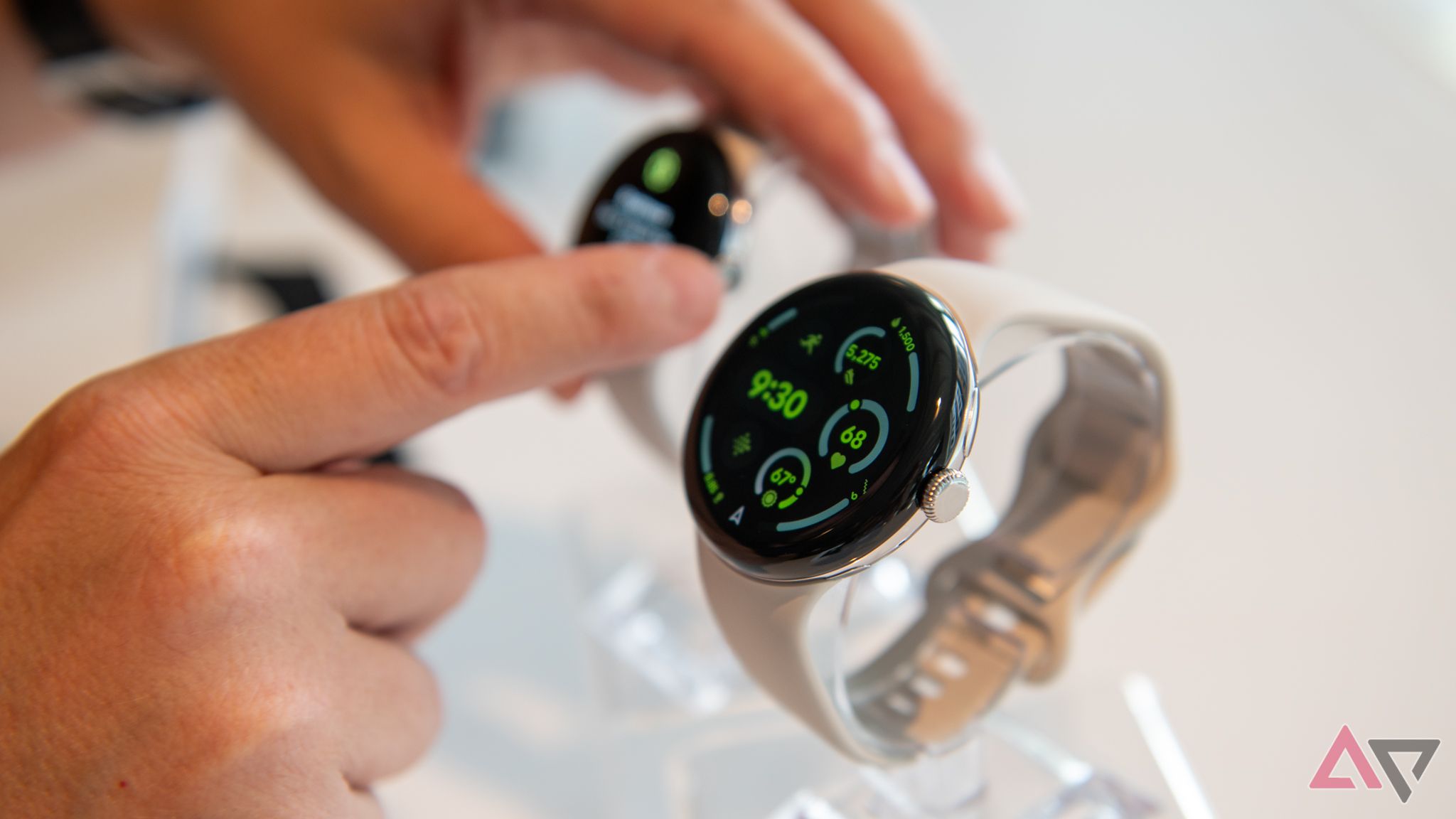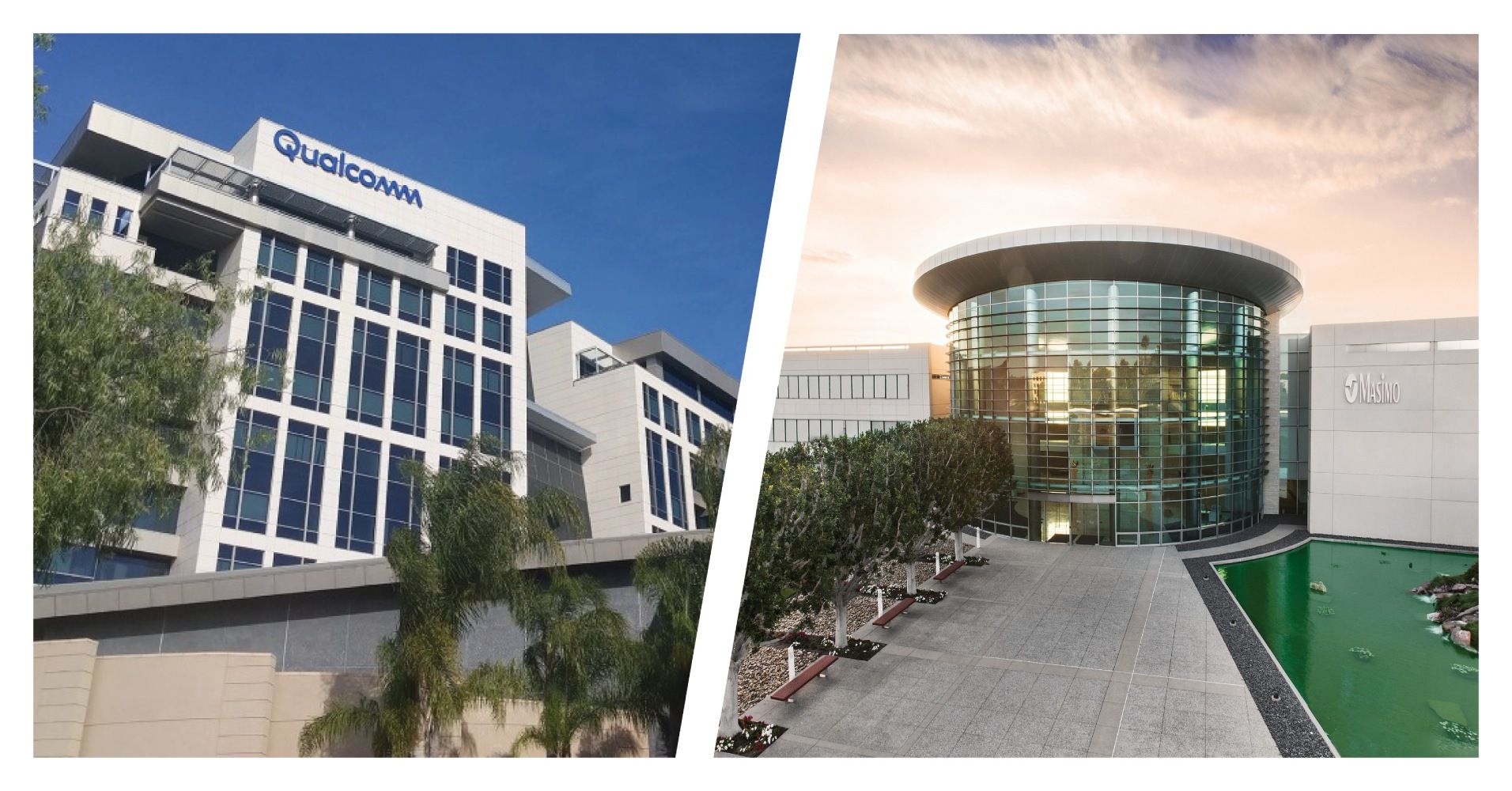Key Takeaways
- Courts blocked Apple from enabling blood oxygen sensors in the Apple Watch due to patent infringement on medical device company Masimo, which holds over 1,500 medical technology patents.
- Google has now partnered with Masimo and Qualcomm to create health-focused Wear OS reference platforms, integrating Masimo’s advanced medical sensors and Qualcomm’s Snapdragon chipsets.
- Wear OS smartwatch manufacturers using these platforms will maintain control over the physical design and user interface but will have to rely on Masimo and Qualcomm for the internal hardware and biosensors.
Early this year, courts blocked Apple from enabling blood oxygen sensors in the Apple Watch, finding it guilty of infringing on a patent owned by medical device innovator Masimo. Recently, Google decided that if you can’t beat them, join them, and has called upon Masimo and microchip giant Qualcomm to develop health-forward Wear OS reference platforms (via 9to5google). The result is a three-way collaboration that could unify Google’s smartwatch health monitoring vision and bring exclusive, high-end features to its popular wearable platform.
Why Masimo’s input matters
They who control the patents, control the devices
Masimo holds over 1,500 patents in the medical device sector, including the world’s most effective common blood oxygen sensor. Also known as pulse oximetry and SpO2 monitoring, it’s among the best ways to track potential disorders such as sleep apnea.
Apple tried to pass off the Apple Watch’s refined pulse oximetry as its own invention, but courts saw things differently. After Apple refused to pay licensing fees, the Apple Watch lost SpO2 monitoring, likely for good. Days ago, Google secured the expertise of Masimo and chipmaking industry leader Qualcomm to develop certain health-forward Wear OS platforms.
Details are still sparse; The only official word right now comes from a pair of Masimo press releases. Its September 13 announcement indicated a collaboration with Google to deliver a reference platform for Wear OS devices that incorporates highly sought-after medical technology. The next day, it announced a plan to develop these platforms alongside global chip behemoth Qualcomm, based on the latter’s Snapdragon W5+ Gen 1 and newer chipsets.
How the Masimo-Qualcomm partnership affects Wear OS
Smartwatch OEMs could give up significant platform input
Source: Masimo and Qualcomm via X/Twitter
Per the releases, manufacturers adopting the new reference platforms and taking advantage of Masimo’s expertise will “continue to design and produce their new smartwatches’ physical exteriors and have creative control over the appearance of the user interface.” While that leaves some ambiguity, the following report clarifies, “The devices’ interiors, including Snapdragon wearable platforms and Masimo biosensors, will be designed, provided, and tested by Masimo.”
In other words, while some outlets indicate that smartwatch OEMs will retain some measure of hardware design control when adopting the Masimo-assisted reference models, that does not appear to be the case. We’re awaiting further developments, but available information shows that OEMs utilizing the Masimo designs will have “creative control” of only their devices’ physical exterior and user interface appearance.
The bottom line on Masimo-Wear OS design adoption
Ultimately, if a smartwatch OEM wants to utilize Masimo tools, it will likely be forced to adopt internals co-developed by Masimo and Qualcomm. That relegates the manufacturer to essentially a fashion and software interface designer, with the hardware and underlying software functionality coming exclusively from the new three-way collaboration.
Conversely, smartwatch OEMs who want to retain hardware design control may not be able to utilize Masimo technology at all. We’ll be sure to update on this interesting situation as new developments arrive.
Source link



